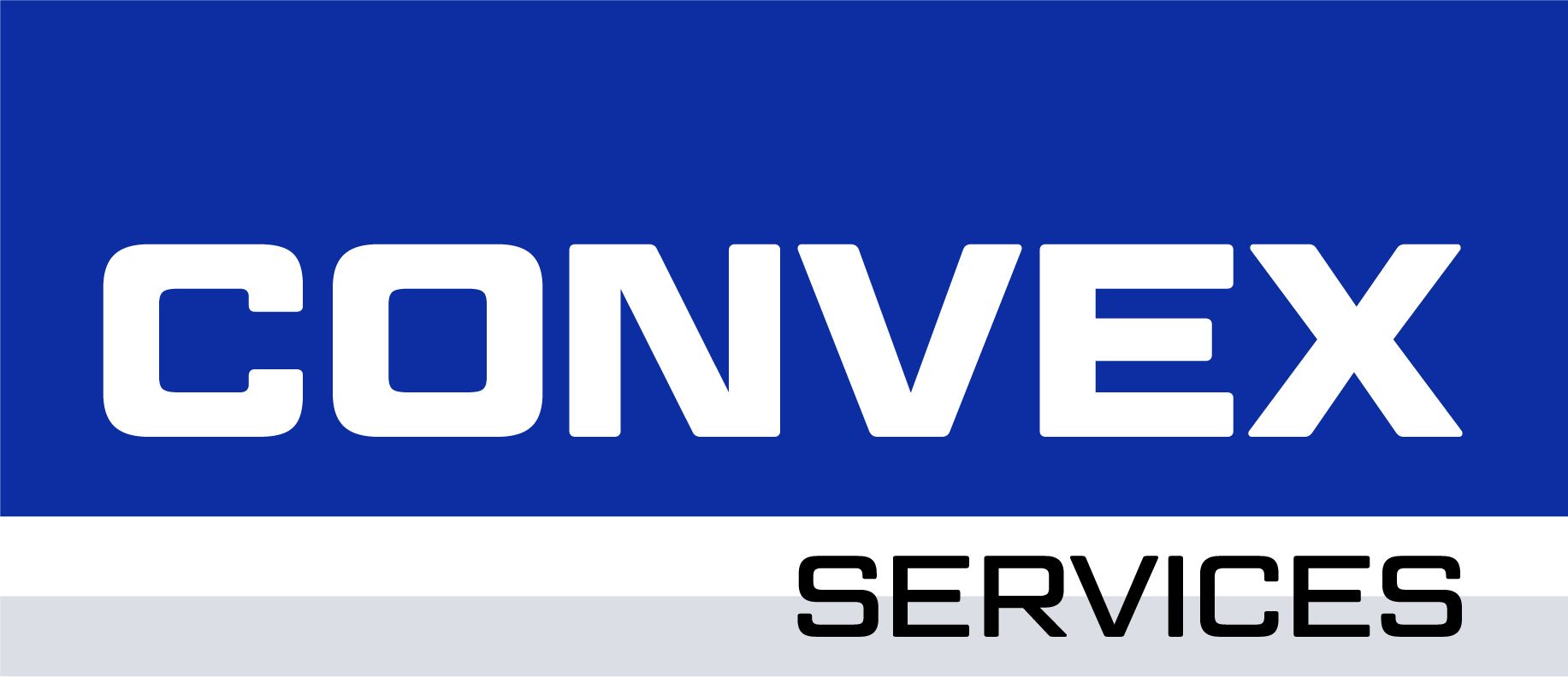Brad Anderson is the Managing Director at Convex Services with 5+ years of experience in racking installation.
Improving Pallet Rack Safety in Montréal Warehouses
Written by: Brad Anderson Published on: October 28, 2025

Pallet rack safety may not be exciting, but it matters. Most people ignore it until a forklift hits a frame or a pallet falls off. Ignoring safety is risky, especially in a busy Montréal warehouse where space is limited. Safety isn’t only about preventing damage; it keeps everyone protected and saves you problems. A strong safety system starts with good rack setup, smart layouts, and clear standards that everyone follows. Using pallets correctly and respecting weight limits are key in fast-moving warehouse environments. This is where we can help.
Understanding Pallet Rack Safety Risks and Load Distribution
Poor load distribution is one of the main causes of rack failure. When racks are overloaded or used incorrectly, you weaken the structure. A single bent beam can start a chain reaction. A poor layout makes things worse, increasing the chance of forklift collisions and other accidents. Clear aisles and open sight lines reduce risk. Planning ahead keeps workers safe and the operation running smoothly.
As you can imagine, each rack is engineered for a precise weight limit. When that limit is ignored, strain builds up where the load is heaviest. This stress can twist beams, loosen connections, and gradually wear down the rack’s stability — especially in busy warehouses where racks are in constant use. Pallets stacked too high or placed unevenly can shift, creating a hazard that might not be noticed until it’s too late. The more you push a system beyond its limits, the faster it breaks down.
Finally, environmental factors also play a role. Temperature changes, moisture, and floor unevenness all affect how weight is distributed. Regular checks help identify signs of stress, such as leaning uprights or bowed beams. Simple actions, like spreading loads evenly across levels and replacing damaged parts quickly, prevent larger problems. In short, proper load distribution protects both your equipment and your team from unnecessary risk.
Best Practices for Pallet Rack Installation, Inspections, and Maintenance
Proper installation is the first step toward preventing accidents. Each rack must be level, anchored, and aligned to manufacturer standards. Even small errors during setup can cause long-term structural issues. Bolts should be tightened securely, and the flooring beneath should be stable and even. At Convex Services Inc., our installation services ensure every rack is set up correctly and safely.
Regular inspections are essential and should be part of your health and safety process. Inspections are not only about spotting damage but also confirming that racks still meet their original specifications after daily use. They are your first defence against wear and damage. If you see bent beams or dented uprights, report them right away. Have a clear process for damage reporting. Post pallet weight limits and make sure they’re followed.
Maintenance should be proactive, not reactive. Create a schedule for regular visual checks and detailed structural reviews. Keep a record of all inspections and repairs. When replacing components, use only compatible parts from approved suppliers.
Follow these best practices:
- Inspect racking systems at least every three to six months.
- Train staff to recognize and report damage immediately.
- Keep aisles clear for easy inspection and forklift access.
- Replace damaged or rusted components without delay.
- Review load capacities and weight limits regularly.
Small, consistent actions prevent major safety incidents and extend the lifespan of your racking system. Partnering with an experienced racking installation company ensures these practices are built into your setup from the start.
Training Warehouse Staff and Building Awareness
Your team sees everything that happens on the floor. Train them to use pallets correctly and to respect load limits. Encourage them to report damage without blame. Safety is a shared responsibility. Provide helmets, harnesses, and protective gear for all staff. These are not extras; they are necessary for a safe workplace.
Compliance with Safety Standards and Regulations in Montréal and Québec
In Québec, the CNESST sets warehouse safety standards. These include pallet weight limits and required inspection schedules. Compliance is not optional. It means having emergency procedures and evacuation plans ready. It also means employers are responsible for educating and training staff to recognize risks and report unsafe conditions immediately. Following these standards helps you avoid fines and protects your team. Regular inspections ensure early detection and correction of damage and overloads before they lead to accidents.
Take the Next Step Toward a Safer Warehouse
Keeping pallet racks safe takes consistency and attention to detail. It’s a continuous effort that protects both your team and your equipment. From well-planned layouts to regular inspections and proper training, every action helps reduce risk. If you’re ready to improve safety in your warehouse, contact Convex Services Inc. today. Our team provides professional pallet racking installation and maintenance services to help you run a safer, more efficient operation.
About the author

Share this article
Follow convex services
Contact CONVEX SERVICES
Convex Services Inc.
2020 Trans Canada #207
Dorval, Quebec, H9P 2N4
(438) 834-8733



